West Marine Expo, ACR LED Searchlight, Scanstrut USB, Navico Compass & Triton Gills
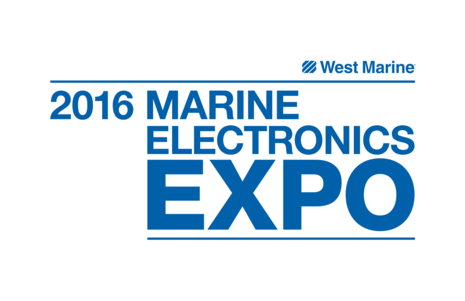 West Marine’s first ever Marine Electronics Expo will kick off in four states (NY, FL, CA, CT) on April 8th (thru 9th) and also online. Besides some deals on electronics gear, there will be live educational seminars from Icom, Shakespeare, Lowrance, Fusion, Uniden, Lowrance, Simrad, B&G, Spot, Delorme, and maybe more at the select stores…
West Marine’s first ever Marine Electronics Expo will kick off in four states (NY, FL, CA, CT) on April 8th (thru 9th) and also online. Besides some deals on electronics gear, there will be live educational seminars from Icom, Shakespeare, Lowrance, Fusion, Uniden, Lowrance, Simrad, B&G, Spot, Delorme, and maybe more at the select stores…
This looks like a good opportunity to learn about radar, 3D sonar, managing a MFD and a variety of other topics (but note that the schedule above is tentative and only apply to a sample store location). There will also be product demonstrations and the ability to ask questions directly to manufacturers. Additional vendors on hand include Garmin, Sony and Raymarine, and Ray will apparently host celebrity fishing captain appearances in some of the Expo locations. See: West Marine press release with list of Expo locations and more.
*Note: Planned for West Marine’s website is a dedicated Expo page where there will also be a gathering of the electronics advice already online (below) and hopefully more. We’ll add a link here ASAP.
ACR LED Searchlight
 Few marine searchlights are as widely used and popular as the ACR RCL-100. That searchlight used halogen bulbs to produce 200,000 candela of light output, but the new RCL-100 LED version was seen above in Miami and will soon come to retail with the same output. While there are no power consumption specifications yet, it is likely that the draw will be substantially less. The light features two-speed 360 degree rotation and a 9 degree up / 17 degree down (internal tilt). Multiple control options include wired, wireless and app-based wifi control. The ultra-bright 9 LED’s are rated by the manufacturer at 40,000 hours. This is a high-end tool and pricing may exceed the $1,200 cost of the halogen model, though perhaps not over the lifetime of the LED technology.
Few marine searchlights are as widely used and popular as the ACR RCL-100. That searchlight used halogen bulbs to produce 200,000 candela of light output, but the new RCL-100 LED version was seen above in Miami and will soon come to retail with the same output. While there are no power consumption specifications yet, it is likely that the draw will be substantially less. The light features two-speed 360 degree rotation and a 9 degree up / 17 degree down (internal tilt). Multiple control options include wired, wireless and app-based wifi control. The ultra-bright 9 LED’s are rated by the manufacturer at 40,000 hours. This is a high-end tool and pricing may exceed the $1,200 cost of the halogen model, though perhaps not over the lifetime of the LED technology.
Scanstrut USB charging ports
Keeping a phone or tablet charging in a wet environment is asking for premature failure of the USB connectors, or worse. For something more robust, check out the new Scanstrut SC-USB-01 USB charging port, which is IPX4 rated. For a product that looks like it will last and has a snappy design, its $23 online price may seem quite reasonable. The needed DC input can range from 6-30V and the dual outlets deliver standard USB 5V at 1 and 2.1 amp. For potential issues regarding tablet charging see Panbo’s 2014 USB discussion (though Scanstrut likely did it right). Finally, the charger’s required panel hole size allows retrofit to existing USB and cigarette lighter style 12v outlets. Panbo is currently reviewing the Scanstrut Rokk Mini so stay tuned for that…
Navico Precision-9 Compass
Navico (Lowrance, Simrad, B&G) has introduced an upgrade to the RC42N Rate Compass and perhaps also an answer to competitive devices like the Maretron SSC300, Furuno PG700, Garmin MHS, Airmar H2183, and Raymarine EV1/EV2, which to some extent use AHRS multi-axis technology. The Navico Precision-9, like the others, offers easy power and data installation via NMEA 2000 connectivity, and is fairly compact at 4.7 inches in diameter (the bracket is optional). Heading is purportedly accurate to about 2 degrees after calibration, and the Precision-9 also notably delivers heave information (that can presumably correct fishfinder imagery for swell motion. An automatic calibration routine is initiated from compatible MFDs. It can also be done manually by turning the boat 360 degrees three times within five minutes of power up. The compass can suppossedly be installed anywhere except on steel hulled vessels where it needs to go at least 3 feet up a mast.
Note that Navico does not warn users about limitations on how Precision-9 sensor data is used, unlike the multi-named GPS/heading sensor introduced in 2013. The Precision-9 has a suggested price of $645.
Triton Artificial Gills Rebreather – Fantasy?
Approaching $1 Million in Indiegogo crowd-sourced funding, Triton’s $300 underwater breathing device is said to ship by this December. We don’t use the term “game-changer” lightly but it might be in this case. If you remember Sean Connery in the 1965 Bond flick Thunderball, you might have seen a similar device envisioned (see video below). But then “might” is the operative word. According to Tech Insider a product like the Triton could still be decades away. After three years of development the Triton — not related to Triton luxury subs — purportedly uses a special membrane combined with a very powerful micro compressor to extract oxygen from the water and allow you to breath to a depth of 15 feet. But the claim gets better…
45 minutes to charge! We’d have to see that to believe it. Wouldn’t it be the perfect device for zinc and propeller maintenance or perhaps bottom cleaning? That is unless your hull sits below 15 feet of water. If that’s your reality you should probably buy scuba gear or pay a dive shop to do the work. Until Panbo gets to test the real device don’t believe everything you read on the Internet!
PS 4/12/16: There is growing evidence that Triton may be a scam. Buyer beware! There is now a competing Indiegogo scam campaign with a well thought out analysis of why this product isn’t possible. Check out the twitter feed of deleted comments by Triton. Finally an entry I wrote titled Crowdfunding Roulette – Adam


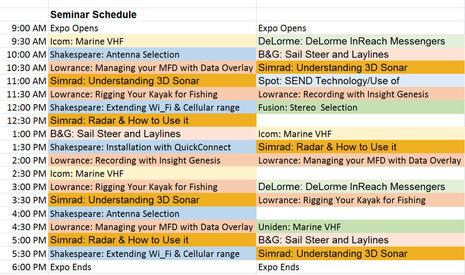
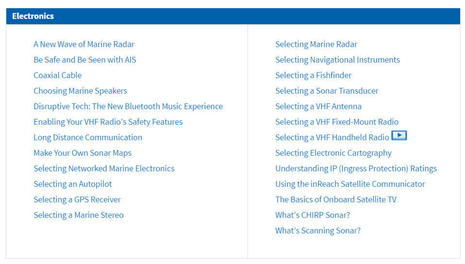
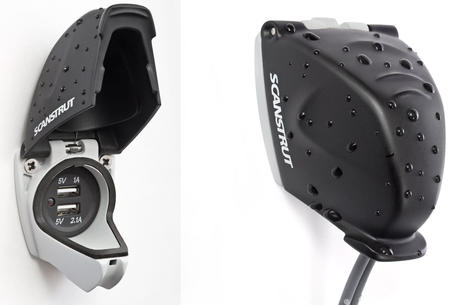




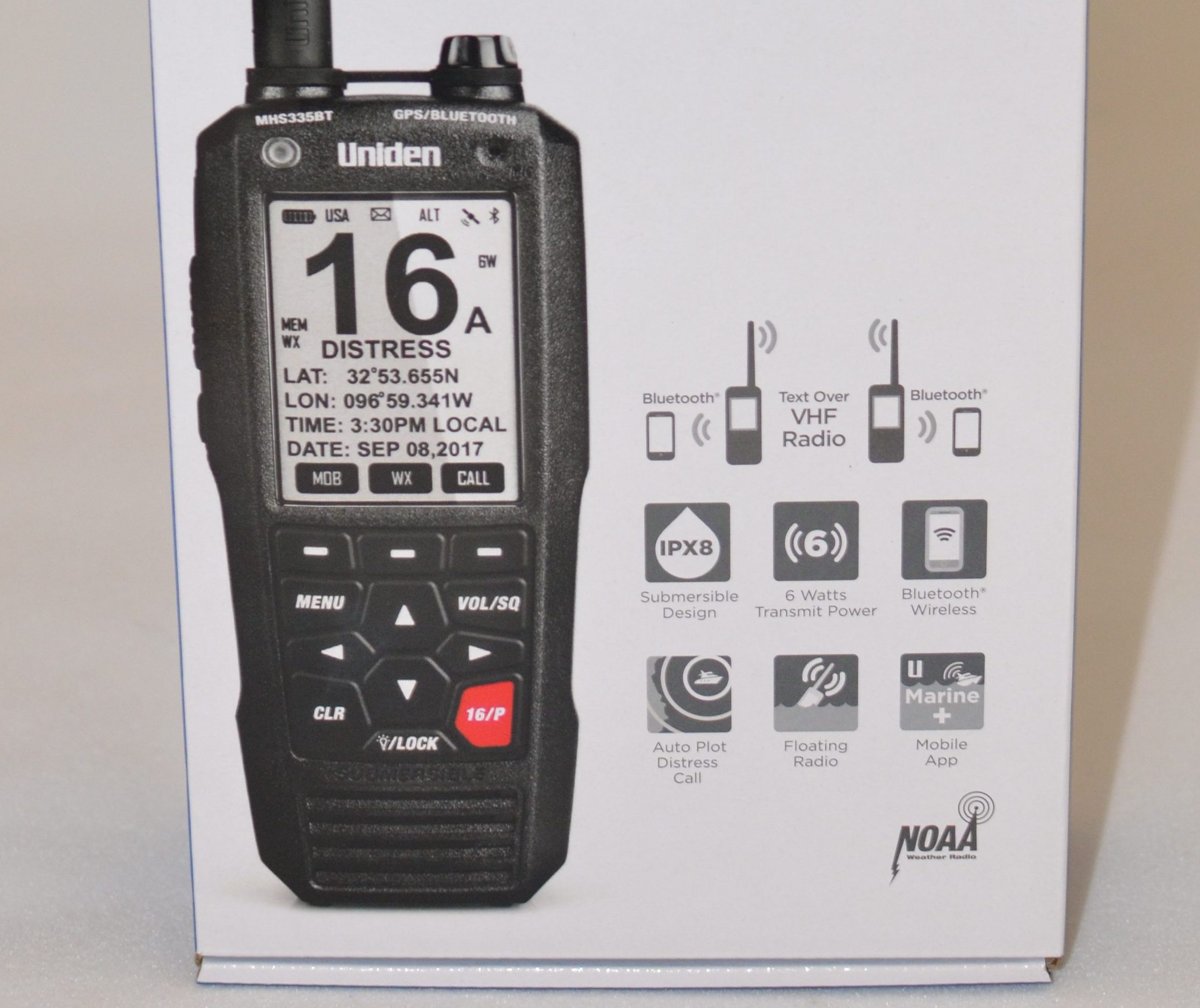
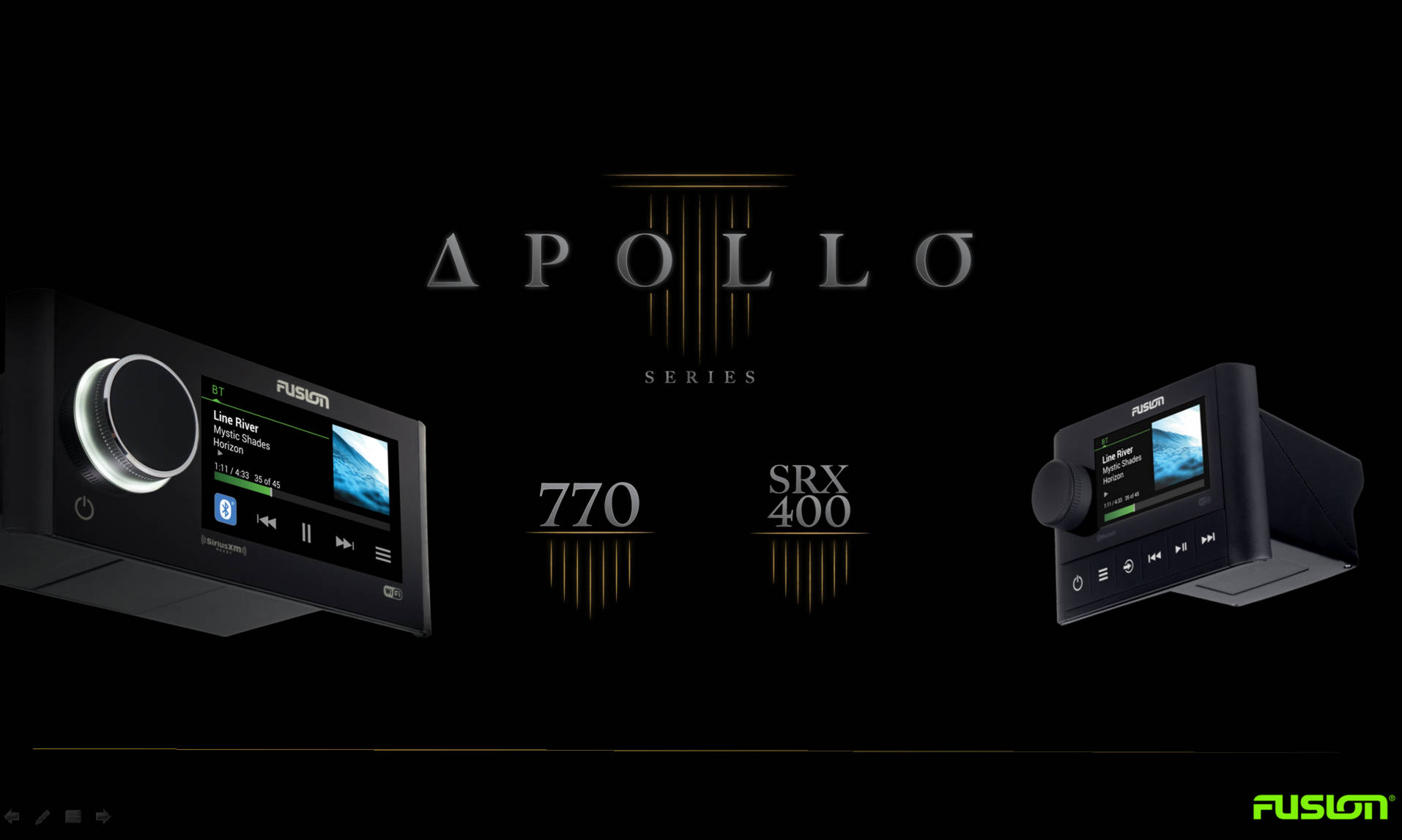
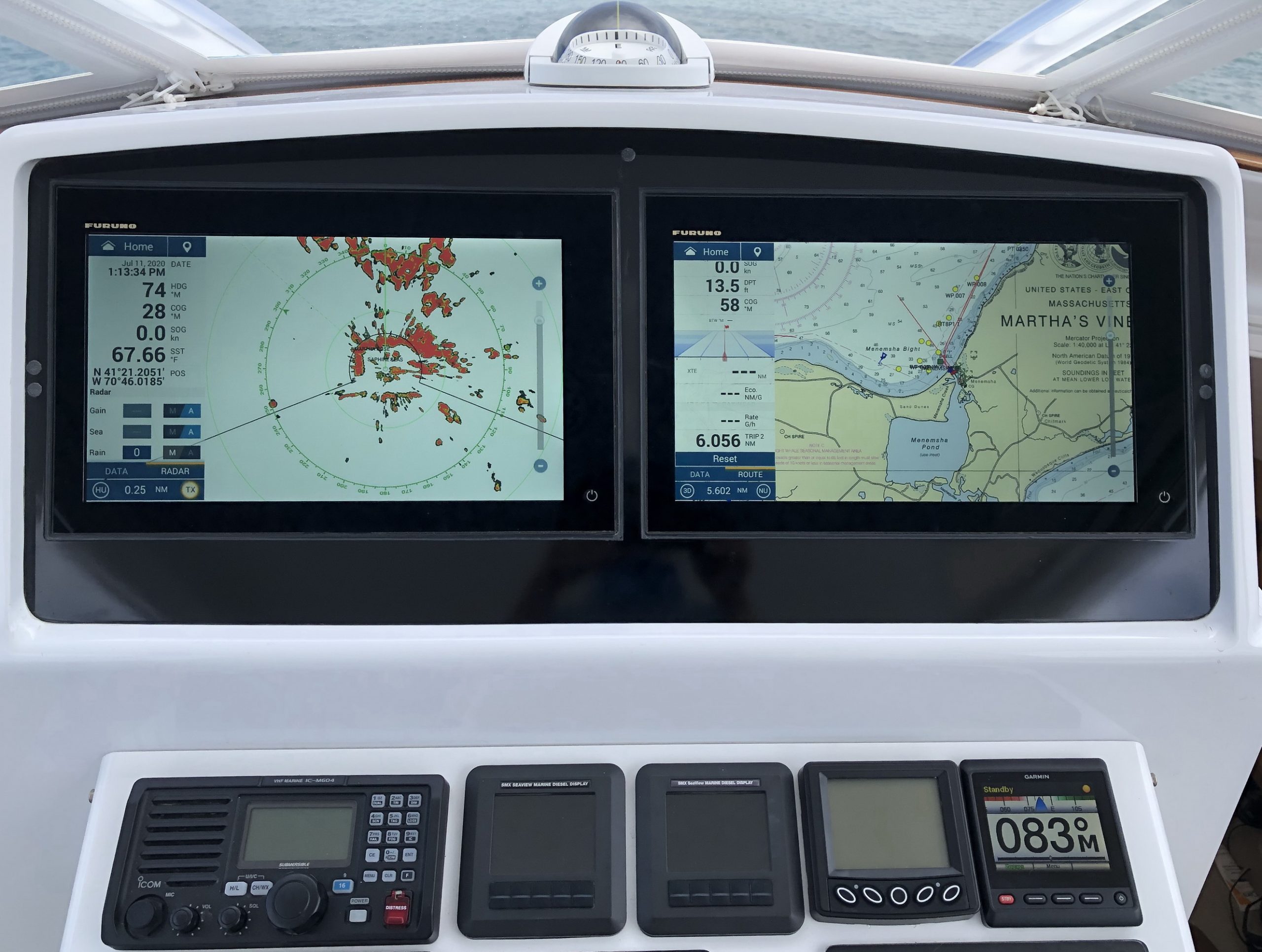







Another great read. You are on a roll! Great find if the Triton is real, but it does seem like fantasy. I have no experience in the area of getting O2 from water, but in some other aspects like the storage of gas, I feel like this product can be written off as a joke. The idea that a battery operated micro compressor can make any contribution to breathing under water is preposterous. The power requirements for compressors are huge, and micro compressors have such tiny nubs for air to pass through, the volume of air processed would be infinitesimal compared to what we need to breath each minute while swimming.
Here’s a few back-of-the-envelope calcs that cast doubt on the ability of that rebreather to actually work.
An adult at rest requires 23 liters of oxygen per hour. This translates to about half a gram of O2 every minute.
The concentration of dissolved oxygen in seawater at 15 degrees C and 15 feet depth is 16 mg/liter. This means that the rebreather needs to extract 100% of the oxygen from 32 liters of seawater every minute! That would mean moving water at twice the maximum speed of my boat’s fresh water pump.
I haven’t even considered the additional O2 requirements of a person swimming in water, much less the added complexity of diluting pure O2 down to a breathable level.
The money keeps pouring in for the Triton though… I’ve probed a bit deeper at http://www.signalkool.com – enjoy.
West Expo details:
http://www.westmarine.com/expo
More details about the blatantly fraudulent scam of Triton Gills can be found at Indiegogo: http://igg.me/at/triton-scam
Thanks txt29. I have added a warning P.S. to the original post.
Good grief, Triton “gills” certainly is looking like a scam the more I read. Thanks to Dan and Evan for their initial skepticism, Adam for putting “Fantasy” in his title, and especially txt19, who may well be the creator of the Indiegogo Triton Scam campaign. Crowdsourcing is definitely the defensive line here, not us media wretches 😉
What I’m wondering about now is Indiegogo’s responsibility. I can see how they can’t validate every campaign, but isn’t there a point where they must check out what seems to be an impossible claim like this and try to get as much money back for backers as possible?
Note that the Triton campaign has apparently already refunded and restarted once, as mentioned here with much more info on what also seems to be a long running scam:
https://www.metabunk.org/debunked-triton-artificial-gills.t7417/
This demonstrates how easy it is to fake the Triton videos!
https://www.youtube.com/watch?v=lXv_AohVUcQ
The chicken is cute. Be sure to watch the behind the scenes part at the end.
Established that the gills part is a hoax. Note that in the ad copied above they call it a “rebreather”. That part is legit. Not that Triton really is a rebreather, but that rebreathers do exist and have for a long time. The idea being that you breathe in what you have already breathed out, after a bit of scrubbing. Google shows them from $600 to $8000, maybe more. I’ll stick with a snorkel.
Wikipedia has a good article with lots of details, including why you would not want a rebreather.
https://en.m.wikipedia.org/wiki/Rebreather